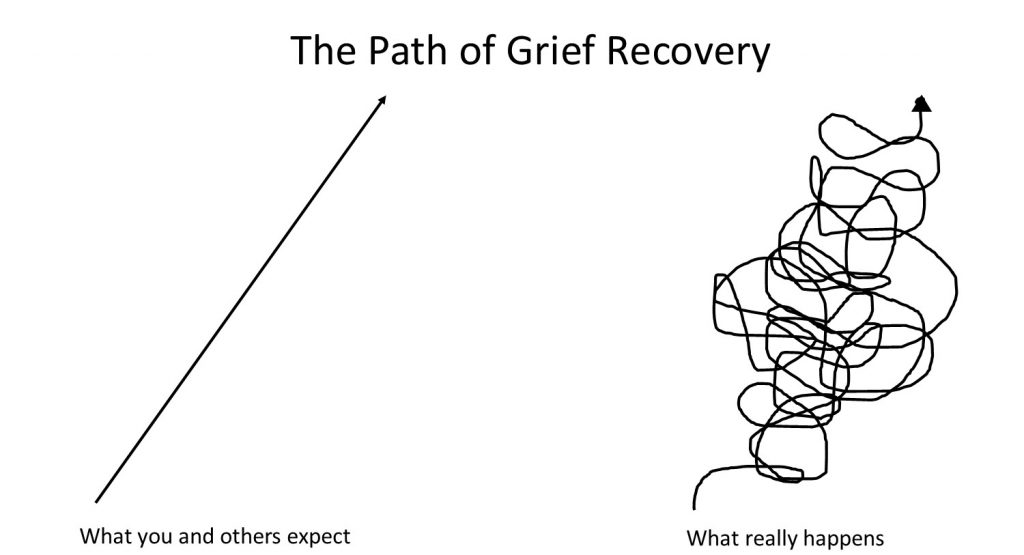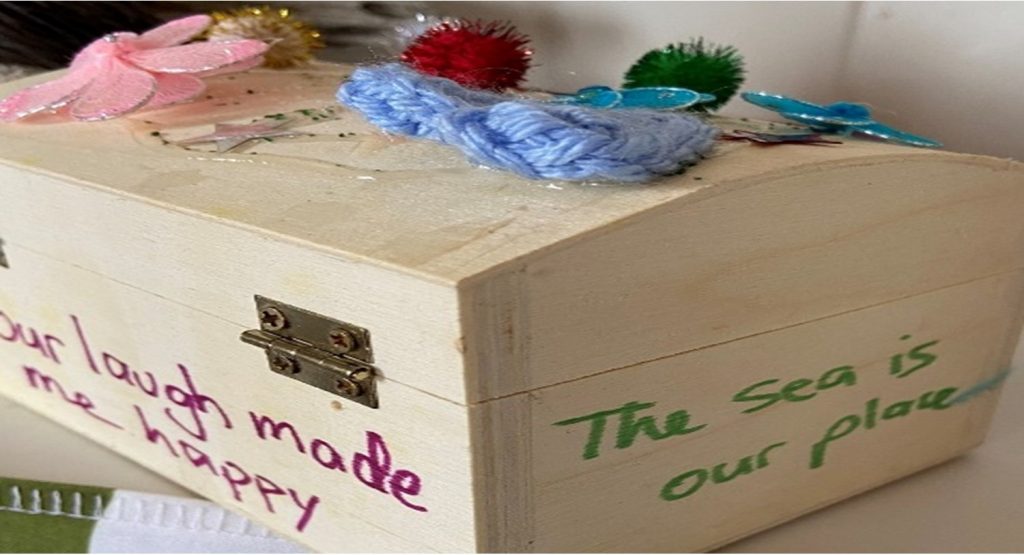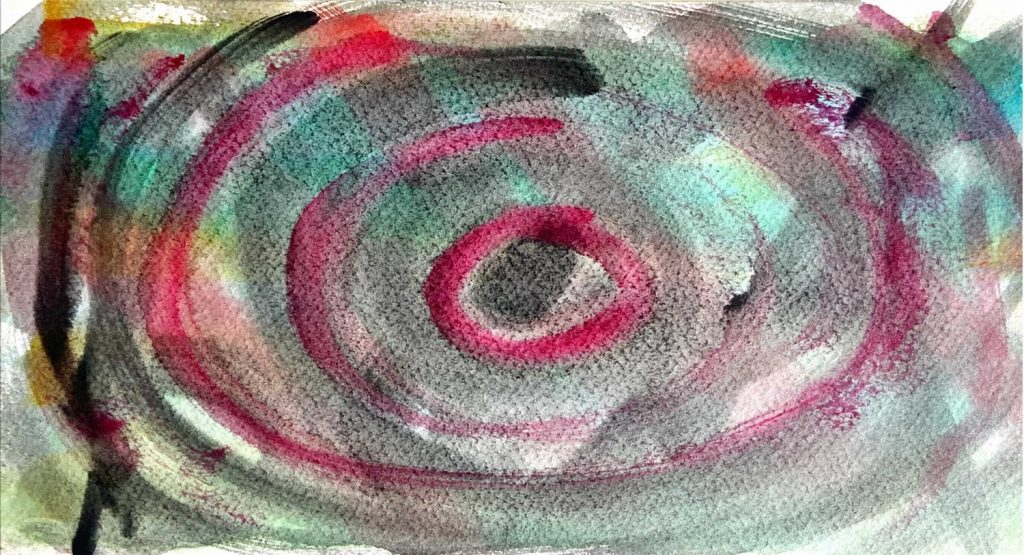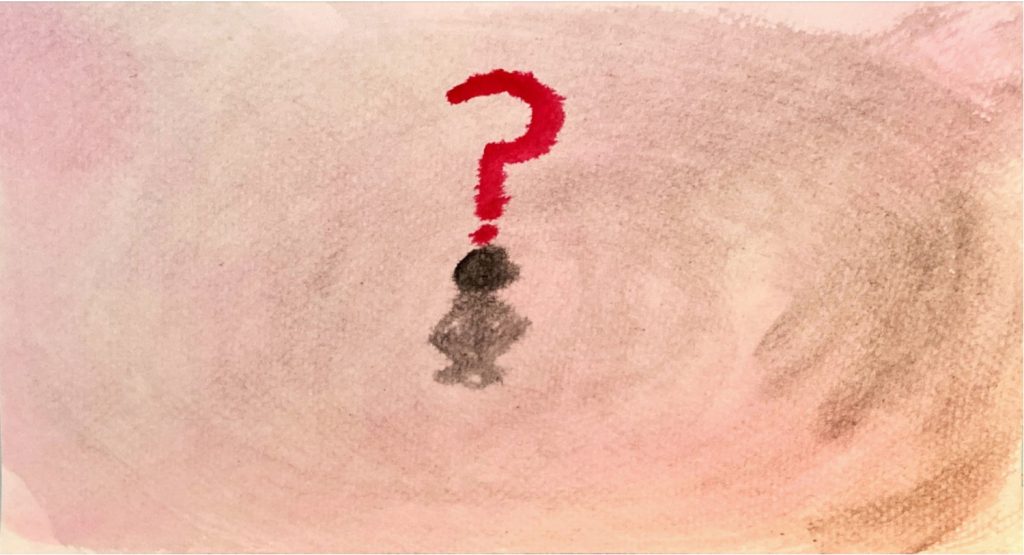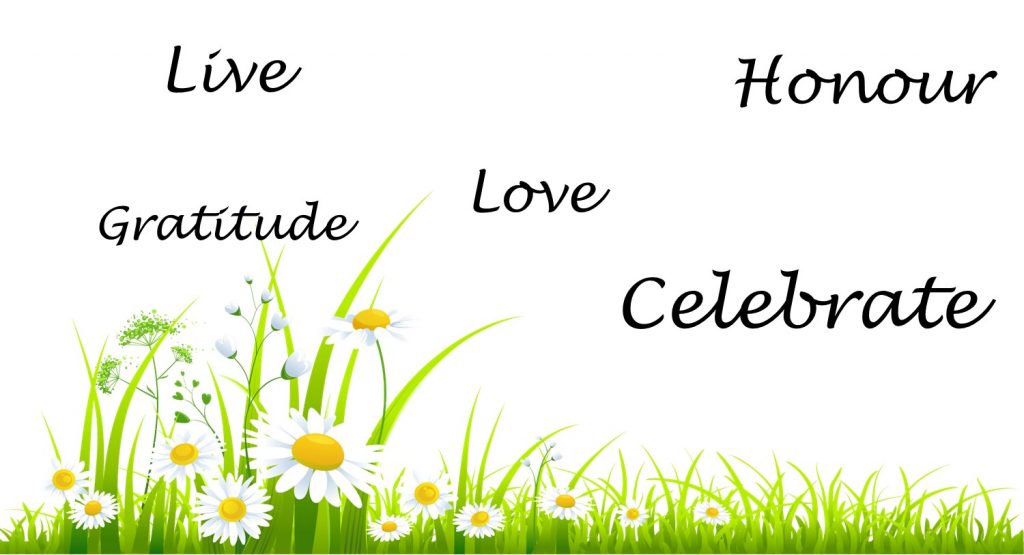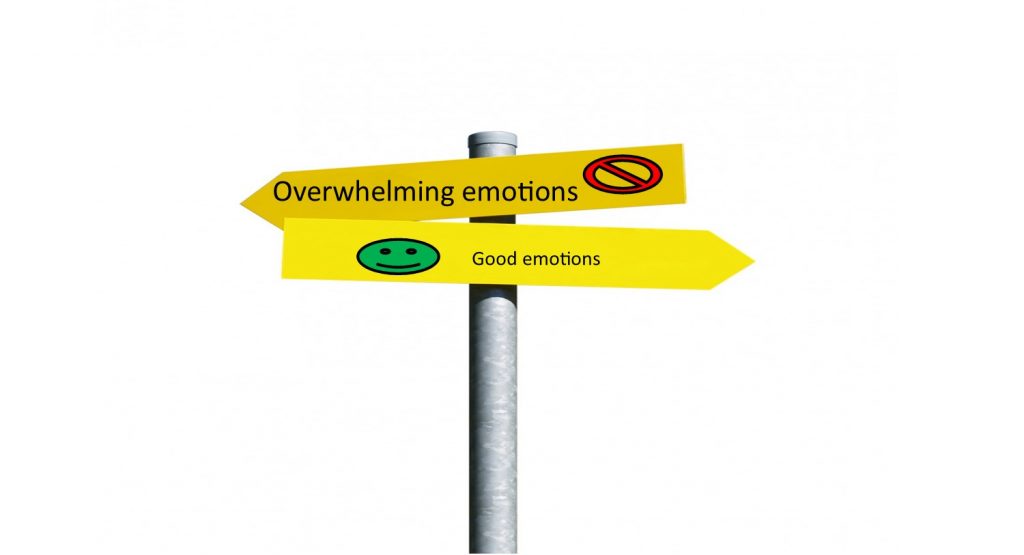
Despite all efforts to dismiss emotions as unnecessary and best ignored, they hold great power over our behaviour and our state of well being.
We have emotions that make us feel happy and safe. Emotional states we never want to leave.
We have emotions that overwhelm us and leave us feeling totally out of control. These are the ones we wish never to experience again.
But these overwhelming emotions are important if we are to break their hold on us.
Overwhelming emotions are usually accompanied by stories, or parts of them anyway. These stories are the traumatic times in our lives. Times when we felt alone, friendless, unsupported and undefended.
There is the story of the girl facing a scary monster that has terrorised her for years. When she comes face to face with it, she discovers it is tiny. It wasn’t as hard to deal with as she thought.
It is like this with those overwhelming emotions. Much as you want to ignore them there is a benefit in standing and acknowledging they exist. There is a benefit in exploring those dark places of overwhelming emotions.
Feeling these emotions is uncomfortable and painful. This pain is felt in the same brain area as physical pain. So those emotions are no lightweight exploration.
It is difficult to explore overwhelming emotions. We are taught in this society that we don’t have problems. Have you ever noticed that in learning a foreign language the first words you are often taught are: “Hello, How are you?” “I am well thank you and you?”. A not so subtle message that we are never to answer in a negative way.
And when you go to discuss a problem with someone you will often find them brushing your problems aside or finding an excuse to leave.
Another problem with overwhelming emotions is that many people are taught to fear these emotions. These are bad emotions you must never experience. Emotions such as sadness and anger are stigmatised as bad. No surprise then that many people are frightened of those emotions in themselves and others.
Another problem with overwhelming emotions is that we are taught to put them aside in case we upset someone else. Instead we are expected to put another person’s emotions ahead of our own. That if we “upset” another person we are bad.
As a result, you may have learned to suppress the overwhelming emotions. Of course, this doesn’t work. It only makes them stronger and harder to control. They may go away for a time but in the darkness of suppression they fester and grow. In the meantime, those undercurrents of emotion add to your stress levels. They alter your perception of other people and what is happening around you. They make you depressed or anxious. Suppressing negative feelings only worsens them.
Emotions are important for us. They are flags that nudge us to continue a pleasurable activity, or leave a dangerous situation, or right a wrong.
Emotions help us process grief, a traumatic event, the sadness of an ended relationship. When acknowledged and attended to, they help us maintain good mental health.
A word of caution. Overwhelming emotions are difficult to explore if you don’t have helpful skills to calm yourself. If you don’t have those skills, then it is essential you see a trauma trained therapist who can teach them to you.
Even if you do have calming skills, it is important to have a trauma trained companion to support you in facing these emotions. This is where the trauma trained therapist can be helpful. They can then support you through the exploration of those overwhelming emotions.
We are made for connection. That is how our brains are wired. Despite our society teaching us that overwhelming emotions are bad and should not be discussed, we actually need to talk about them. This is where a trauma trained therapist can provide that connection. In that space you can face those overwhelming emotions and know you will be supported and accepted.
—
I am a trauma trained counsellor. I know how to teach you the skills you need to calm yourself. I am also able to support you in facing these emotions. I can be a safe connection for you as you face those emotions. If you would like to talk to me about how I can help you with your overwhelming emotions, please contact me on 0409396608 or nan@plentifullifecounselling.com.au
If you would like to learn more, I write a regular newsletter with interesting information, tips, information on courses, and the occasional freebie. At the moment I have a free mindfulness meditation for anyone who signs up to my newsletter. This meditation offers a way to safely explore your feelings and learn to be okay with them. If you would like to subscribe please click on the link here: http://eepurl.com/g8Jpiz


